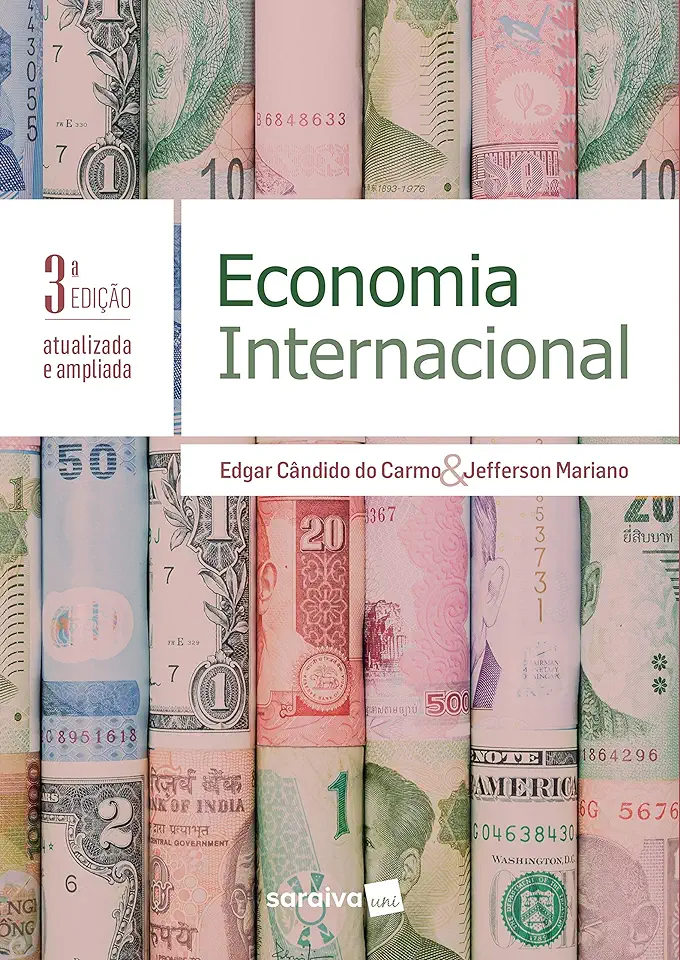
International Economics - Edgar Cândido do Carmo and Jefferson Mariano
International Economics: A Comprehensive Guide to the Global Economy
Introduction
In today's interconnected world, understanding international economics is crucial for businesses, policymakers, and individuals alike. Edgar Cândido do Carmo and Jefferson Mariano's comprehensive book, "International Economics," provides a thorough exploration of the complex dynamics that shape the global economy. With its in-depth analysis, real-world examples, and engaging writing style, this book is a must-read for anyone seeking to navigate the intricacies of international trade, finance, and development.
Key Features:
- Comprehensive Coverage: The book covers a wide range of topics, from the basics of international trade theory to the latest developments in global finance and economic development.
- Real-World Examples: Each chapter is enriched with real-world examples, case studies, and data, making the concepts relatable and applicable to practical situations.
- Engaging Writing Style: The authors' engaging writing style makes complex economic concepts accessible and enjoyable to readers of all backgrounds.
- Up-to-Date Analysis: The book incorporates the latest research and developments in international economics, ensuring that readers have access to the most current information.
Chapter Summaries:
Chapter 1: Introduction to International Economics
- Provides an overview of the scope and importance of international economics in the globalized world.
- Discusses the key concepts of comparative advantage, absolute advantage, and opportunity cost.
Chapter 2: Theories of International Trade
- Explores the major theories of international trade, including the Ricardian model, the Heckscher-Ohlin model, and the new trade theory.
- Explains how these theories explain the patterns of trade between countries.
Chapter 3: Trade Policy
- Examines the various trade policies that governments can adopt, such as tariffs, quotas, and subsidies.
- Analyzes the economic effects of these policies and their impact on international trade.
Chapter 4: International Finance
- Introduces the concepts of exchange rates, balance of payments, and international capital flows.
- Discusses the different exchange rate regimes and their implications for international trade and investment.
Chapter 5: International Monetary System
- Provides an overview of the international monetary system, including the role of the International Monetary Fund (IMF) and the World Bank.
- Examines the challenges and opportunities of the global financial system.
Chapter 6: Economic Development
- Explores the key factors that contribute to economic development, such as capital accumulation, technological progress, and human capital.
- Discusses the challenges faced by developing countries and the role of international trade and investment in promoting economic growth.
Chapter 7: Global Economic Issues
- Addresses contemporary global economic issues, including climate change, inequality, and the rise of protectionism.
- Offers insights into the policy responses that can be adopted to address these challenges.
Conclusion:
"International Economics" by Edgar Cândido do Carmo and Jefferson Mariano is an essential resource for anyone seeking to understand the complexities of the global economy. With its comprehensive coverage, engaging writing style, and up-to-date analysis, this book provides a valuable toolkit for navigating the ever-changing landscape of international trade, finance, and development. Whether you're a student, a professional, or simply someone interested in global economic issues, this book is a must-have addition to your library.